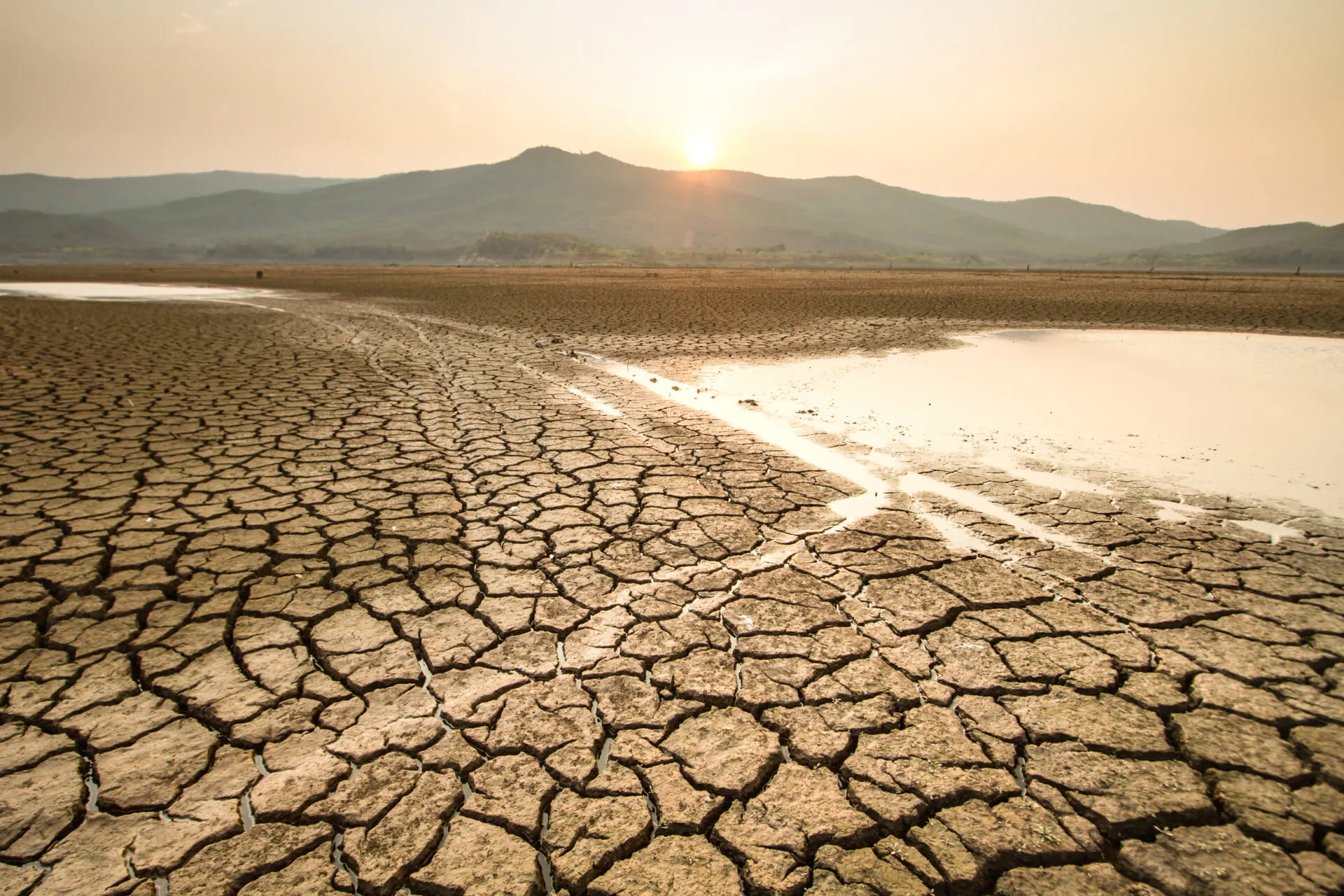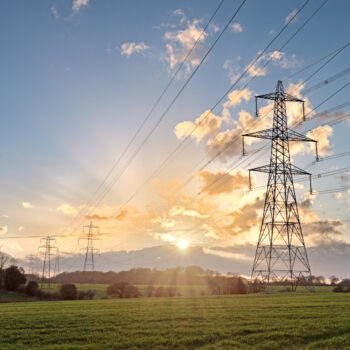As climate change is accelerating, its intersection with geopolitics is also increasingly complex and consequential. The coming year will test the resilience and adaptability of global systems as they prepare for, respond to, and fight climate change in an era already marked by turbulence and uncertainty.
These six trends highlight challenges and opportunities shaping the landscape of climate and geopolitics in 2025.
2024 resulted in numerous shifts that will jolt the international system and climate diplomacy: a year of elections where most incumbents either lost elections or their mandate was weakened, a pivotal US election that has already begun re-shaping and testing international dynamics, and a global landscape where domestic politics and economics often overshadow or fail to connect to climate priorities.
Despite its flaws, the fact that countries reached a deal at COP29 was an important marker for multilateralism. With the summit further reflecting distrust in the current system, climate diplomacy must better reflect the shifts in global power dynamics, for example, the role of the US, EU, and China, and the world’s most vulnerable populations in working together for a common cause.
Given these shifts, the EU and China must determine how they will lead domestically and work together while managing their broader areas of competition or friction. Additionally, climate diplomacy will be shaped by and help shape the BRICS, who often are categorized as a monolith but individually have unique, if not divergent, goals and objectives. How and whether China and India individually step up will have a material effect on climate diplomacy and the ability to meet global climate goals. The UK’s climate-focused government and Brazil, who will lead next year’s BRICS, and the G7 (under Canada) and G20 (under South Africa), will each have an important role to play.
Furthermore, COP29 demonstrated a growing recognition that climate diplomacy must be more sophisticated, engaging across political and technical levels and across departments – not only within climate departments but also finance, foreign ministries, and trade – to regain and foster trust, understanding, and bridge-building earlier on in the process. As key players navigate these dynamics, sustained leadership and collaboration will be crucial to keeping climate action at the forefront of a crowded geopolitical global agenda.
The data is in: last year was the hottest year on record. And yet, even as climate impacts grew in 2024 – from extreme heat to devastating floods and fires – the global agenda has been dominated by other numerous other challenges straining leaders’ attention on climate action. The further re-ascendence of great power competition and traditional geopolitical security challenges dominated foreign policy priorities. Major conflicts, such as the wars in Ukraine and the Middle East, have demanded urgent political attention and resources from major global players, including the United States and the European Union. The growing complexity of navigating relationships with China on the world stage further impacts geopolitics and dominates political attention, as well as internal political turmoil and challenges.
This trend will likely only to accelerate in 2025, potentially crowding out further climate action and/or disincentivizing much needed collaboration. These dynamics reflect how short-term geopolitical crises can sideline additional and longer-term global challenges, creating further hurdles for comprehensive climate progress.
Climate change continues to intersect with and intensify existing transnational challenges, acting as a threat multiplier in migration, conflict, nutrition, and health crises, among other issues. The global cost of extreme weather events has also surged, with floods alone causing over $120 billion in damages in 2024. The growing frequency and severity of these impacts outpace current efforts. These impacts and costs are already leading to accumulating financial system risks that may become more acute in 2025, particularly if combined with other economic shocks.
Instead of working synergistically, these crises often compete for the same limited slice of the financial pie, diluting their collective impact and underscoring the difficulty of addressing interconnected challenges in a constrained funding environment. Certain governments have responded by creating or strengthening more holistic frameworks, tools, and government approaches, including climate security and resilience, but much more is needed to elevate climate resilience and response approaches across systems and resource structures. This trend will further strain systems and the future ability to appropriately respond unless the approaches are better aligned with the growing connection of climate across development, humanitarian, economic and mainstream foreign policy domains.
2024 proved to be a record year for renewables and clean technology, with clean energy investment approximately double that of fossil fuels. Countries and industries increasingly view the development and deployment of green technologies as both an economic opportunity and a strategic imperative. This “race to the top” fosters innovation, creating jobs and drives significant investments in renewable energy, sustainable materials, and clean transportation.
However, the clean energy transition has also become a competitive arena at the center of geopolitical stakes and gamesmanship. The deployment of clean technologies has itself become a competitive arena. Fragmentation and tensions are not only crowding out climate action and space for collaboration but are increasingly a feature of climate policy. The rise of industrial policies and the competition between the US, EU, and China will only intensify around green technologies and trade. Increased trade defense actions and the continued geopolitical battle for green technology will likely dominate 2025. Sectors like solar energy, electric vehicles (EVs), and batteries will serve as flashpoints for geopolitical tension, with trade, tariffs, and export restrictions threatening to disrupt supply chains.
At a time when international cooperation is crucial, these flashpoints risk slowing the progress of sector decarbonization by prioritizing national interests over collective solutions. This tension is further amplified by emerging technologies like artificial intelligence (AI), which will likely dominate economies and geopolitics in the years ahead. The environmental impact of AI, including its significant energy consumption, has become a hotbed topic (alongside the possibility that AI can play around innovations and approaches) that is likely to accelerate. As the technology industry grows increasingly central to economic and political strategies, its alignment—or conflict—with green technology goals will be pivotal role in shaping global dynamics. Balancing the race for dominance in these sectors with cooperation will be essential for achieving both climate and geopolitical stability. Whether and how creative approaches are fostered – including through bilateral or regional trading partnerships and with developing countries, and approaches to handling green technology, critical minerals, undersea cables, and relevant supply chains – will undoubtedly be a key aspect of 2025.
Against this backdrop, despite the rapid growth in renewables, the world is not seeing the pace of reductions needed in fossil fuels. Emboldened blockers and new leaders will heighten this challenge. 2025 will be a major test for continued ambition on mitigation. Pathways to build on positive momentum, such as Indonesia’s recent announcement of its plans to phase out all coal and fossil fuel powered plants over the next fifteen years, the Global Clean Power Alliance launched by the UK and Brazil, and the EU’s Global Energy Transition Forum, must be strengthened.
As economics – including especially the costs of living, housing, and insurance – dominate domestic agendas at a time when populism is also increasing across the world, political leaders face mounting pressure to prioritize short-term electoral concerns even while climate impacts and the cost and aftermath of floods, heat, droughts, and extreme weather accelerate in urban and rural environments across all continents.
Leaders – from government to industry – are responding in wildly divergent ways, from publicly stepping back from climate action efforts to redefining climate action as a national, economic, and security interest. Actors such as the EU’s Draghi report’s emphasis on clean competitiveness and the UK government’s focus on climate change as a national security imperative are reframing climate action through the lens of the economic benefit to local communities– from job creation to lowering utility bills and the cost of groceries. This reframing highlights the need for cooperation while addressing domestic pressures and perceptions.
Subnational and local governments are pivotal players and will play an even larger role domestically and globally in 2025. Even without the additional focus on local responses following the US Presidential outcome, cities, states, and regions are stepping up to lead climate action, driving urban climate solutions, influencing international climate discussions, and demonstrating innovative strategies for emissions reduction and adaptation. Subnational actors can act more nimbly, implementing localized solutions while bypassing the gridlock often seen at national and international-level negotiations. Public-private partnerships and grassroots initiatives further amplify these efforts, ensuring most directly impacted communities play a central role. However, their legitimacy in global and multilateral processes is a work in progress. It must be addressed for greater impact as will the reality that these same local actors who can provide impactful solutions are also on the frontlines of contending with fiscal and political constraints that can make prioritizing climate action challenging
2025 is a critical inflection point for climate cooperation and ambition. Countries will be putting forward their new climate plans, or NDCs, to demonstrate increased ambition and the translation of such plans into real-world economic results for citizens and economies. It is also the 10th anniversary of the Paris Agreement, where the focus on climate diplomacy is already shifting from setting targets to implementing and delivering results amidst a fractured global backdrop, and where leadership and commitments are not yet entirely in focus. And even with the mega-year of elections behind us, 2025 will nonetheless witness several consequential elections further reshaping the political and geopolitical landscape including in Canada (who will also head up the G7), Germany, Australia, the Philippines, Argentina and Chile.
With peak global emissions by 2025 and a decline of around 60 per cent by 2035 both necessary to global warming at safe levels, how these trends play out positively or negatively will have consequences this year and for many years to come. Geopolitical tensions, nationalist policies, and divergent economic interests, if left unaddressed, could further strain international alliances and hinder collective action. These trends illustrate the evolving landscape of climate and geopolitics, where challenges and opportunities coexist.


